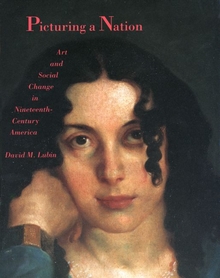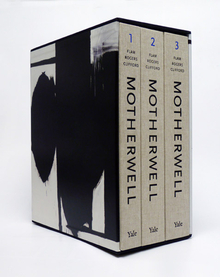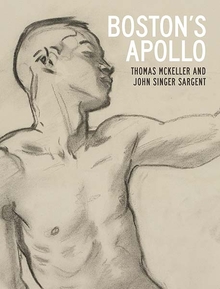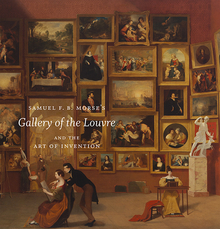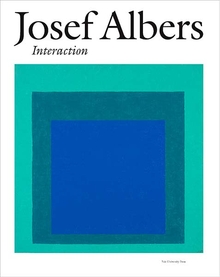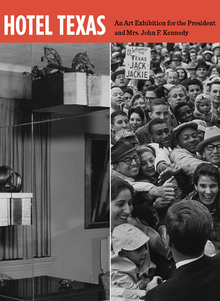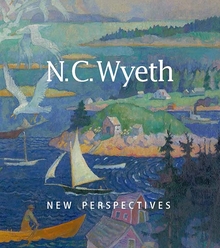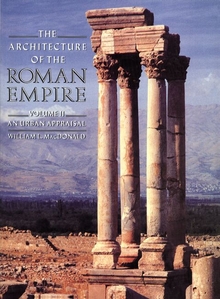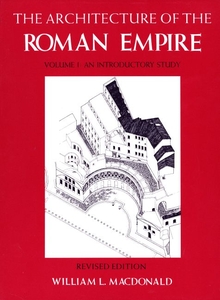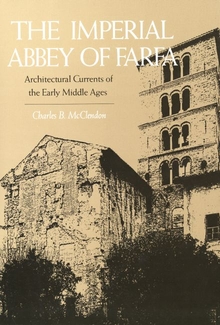Picturing a Nation
WARNING
You are viewing an older version of the Yalebooks website. Please visit out new website with more updated information and a better user experience: https://www.yalebooks.com
Art and Social Change in Nineteenth-Century America
David M. Lubin

Read this book online via the A&AePortal, our art and architectural history eBook platform. To learn more about how to access this book, please contact us.
Out of Print
The artists considered—John Vanderlyn, George Caleb Bingham, Robert Duncanson, Lilly Martin Spencer, Seymour Guy, and William Harnett—came from a variety of backgrounds: several began in the working class, some were immigrants, three hailed from the West, one was an African-American, another was a woman. Drawing on letters, diaries, newspaper reviews, conduct manuals, poetry, fiction, and political speeches, as well as on modern critical theory, Picturing a Nation describes the America that created these artists and that these artists helped to create. Insisting on the complexity of nineteenth-century culture, Lubin provides multiple interpretations of individual paintings in a manner both subtle and revealing. His analyses take into account the nation's ambivalence toward domesticity, its conflicting ideas about child raising, its racial disharmony, territorial expansion, and many other issues central to the formation of modern America. He argues that the paintings speak to us today in contradictory voices because such was the nature of the societies that produced and received them.
Published with the assistance of the Getty Grant Program.
Published with the assistance of the Getty Grant Program
"This richly nuanced book is destined to become one of the landmarks of American art history."—Albert Boime, University of California, Los Angeles
"Throughout, Lubin is witty, inventive, often brilliant in the intelligence he trains upon his subject; the work as a whole is a tour de force. It will be sure to excite discussion and controversy."—Sarah Burns, Indiana University
"Picturing a Nation is a fascinating journey, with a thoughtful guide, through neglected corridors of American art. It brings to life artists long obscured and is full of provocative observations on the connections not just between art and nineteenth century America but between that art and contemporary society."—Howard Zinn, author of A People's History of the United States
"Richly and beautifully illustrated. . . . Particularly fresh. . . . this book will be of considerable interest to scholars of American art, literature, and history."—Virginia Quarterly Review
"This book, fast-paced, well written, full of illustrations, can be gobbled down like a novel. . . . [A] sumptuously produced book."—Marian Parry, Wilson Library Bulletin
"A provocative blend of art history and multidisciplinary cultural studies. . . . Stimulating, speculative, and often profoundly unsettling. . . . Lubin's command of both period and contemporary literature is extensive; his application of formal analysis, instructive; his spirit of creative inquiry, contagious. . . . In daring to provoke disagreement, Lubin continually challenges readers to re-view [yes, it was spelled this way] images and rethink ideas, thus opening up both art and history. This is cultural study at its most invigorating."—Susan Prendergast Schoelwer, Pennsylvania Magazine of History
"Lubin is a brilliant analyst of visual images, and every chapter includes wonderfully sensitive descriptions of the formal structure of two or three paintings. But the greatest strength of this study is Lubin's ability to show how compositional tensions express fundamental social and cultural conflicts. . . . It is a provoking book. But it is also an innovative and important one. By helping us to see these paintings as a wide range of nineteenth-century Americans might have seen them, Lubin reminds us of the complexity of nineteenth-century American society and culture at the same time as he clarifies the ways in which even apparently banal images both carry and generate complex and often opposing meanings."—Kenneth John Myers, Journal of the Early Republic
"Lubin writes with the witty assurance of the artists he brings into critical focus and comments upon. This volume is likely to become a landmark volume in the integral cultural art history of America. It is a joy to read as well as a handsomely produced volume. It teaches to see painting in 19th century America in ways that invoke major insights in the social history of artist's lives."—Reader's Review
"Lubin wanders freely and voraciously through disciplines . . . sources . . . and methods . . . to help us carry on a dialogue between past and present. . . . Whatever we bring to or carry away from Lubin's work, we need its challenges to our thinking about painting and politics in nineteenth-century art."—Ellen Wiley Todd, Reviews in American History
"Astute, ambitious, informative, accessible, and entertaining."—Wayne Franklin, Journal of American History
"Less a survey of nineteenth-century U.S. painting than a provocative, knowledgeable, wide-ranging, and witty set of six essays focusing on often-neglected paintings form across the century, Lubin's self-described 'arrhythmic pastiches' are full of moments like Berger's example: startling juxtapositions of American paintings with biography, social history, psychoanalytic speculation, and an often bewildering array of literary texts and visual images. . . . Picturing the Nation is brilliant, enjoyable, bountiful, flabbergasting in all the ways one would expect."—Christopher P. Wilson, American Quarterly
Publication Date: May 25, 1994
Publishing Partner: Published with the assistance of the Getty Grant Program
140 b/w + 50 color illus.

